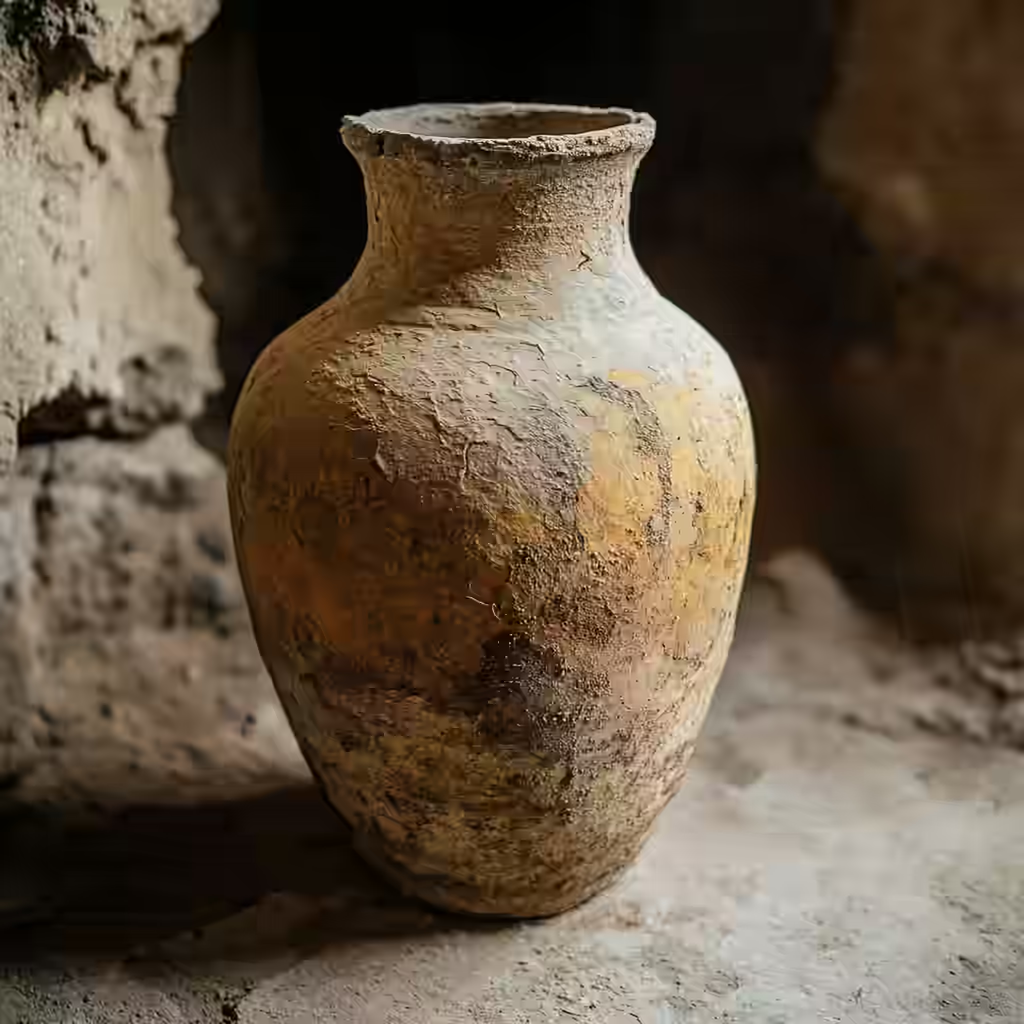Hi, honey friends! Today, I want to chat about some things I used to believe about honey—until I found out they might not be totally true. In the Philippines, we often hear these “myths” when talking to friends or reading about honey. Let’s see if we can clear them up together!
Myth #1: “Dark Honey Means It’s Fake”
I once heard someone say, “If honey is dark, it must have been mixed with brown sugar.” But guess what? Honey can be light or dark depending on where the bees collect nectar. For example, honey from forest flowers can be darker than honey from coconut blossoms. So next time you see dark honey, don’t worry—it might just have a richer flavor!
Myth #2: “Honey Never Spoils”
Many people say honey never goes bad. It’s true that honey lasts a long time because it has low moisture (less water) and natural enzymes that help keep it fresh. But if it gets too moist or is stored improperly, it can spoil. So I always store my honey in a clean, tightly sealed jar, away from heat and sunlight.
Myth #3: “Crystallized Honey Is Ruined”
Have you ever seen honey with sugar-like crystals at the bottom? It can look strange, but that doesn’t mean the honey is spoiled. Crystallization is natural. It happens when the honey’s sugar separates from the liquid. If it bothers you, place the jar in warm water (not too hot!) to gently melt the crystals. Your honey will be smooth again.
Myth #4: “Honey Is Always Super Thick”
Some people think that if honey is runny, it’s fake. But the truth is, thickness depends on moisture content and the type of flowers the bees visit. Some honey can be more liquidy, especially in warm weather. That doesn’t automatically mean it’s fake—just taste and do a quick water test (from Day 3) if you’re unsure.
Myth #5: “All Bees Sting All the Time”
This myth might not be exactly about honey, but I hear it a lot. Many bees won’t sting if they’re left alone. Some types, like stingless bees, can’t sting at all! Bees usually sting only when they feel threatened or if their home is in danger. So if we keep our distance and respect them, they’re very happy to just keep buzzing around.
Wrapping It Up
I hope these answers helped clear up some honey confusions. I used to believe a few of these myself, but learning the facts made me appreciate honey—and the bees that make it—even more. If you have any other honey myths you’ve heard, let me know! We’ll keep exploring and discovering the truth together.
Thank you for joining me on Day 5! Tomorrow, we’ll talk more about keeping honey fresh in our tropical Philippine weather. Have a sweet and wonderful day!
P.S. Have you heard any funny or interesting honey myths? I’d love to hear them in the comments!

Leave a Reply